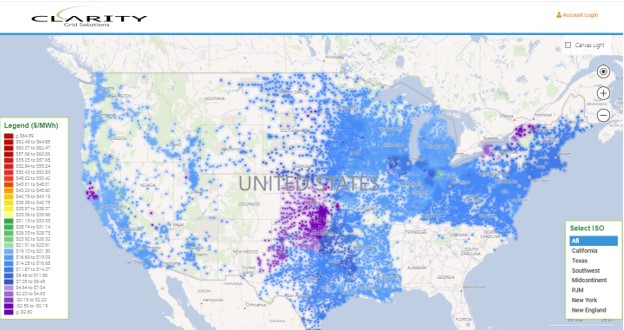Utility companies all over the United States have been utilizing energy tariffs to conduct business. But what are they? Energy tariffs are how energy providers charge you for your gas and electricity use. They generate your bill according to how much energy you use, and make their money once the bill is paid. Many energy providers can raise prices whenever they want, so with this information public, consumers watch closely to their monthly energy bills at best. Most Americans have power to choose when it comes to picking an energy provider, and they do so by searching for the next best provider.
So, to shed some light, we will be covering three possible solutions to the ever-changing factors of energy. Let’s begin:
Behind the meter battery storage
The electricity system is changing. From the way we generate power to the way to use and distribute it, there is no denying a major shift is occurring. Much of the infrastructure is out-of-date, inefficient, and will need to be replaced in the next few years. Genbright, for instance, is optimizing the battery to integrate three energy savings applications. Their RAMP platform value-stacks maximum leverage for large manufacturers.
So, as more electric customers begin to realize this, they will need to understand the fundamental differences between “in front of the meter” and “behind the meter” systems. In a nutshell, “behind the meter” systems refers to an energy system’s physical location in relation to the meter. In general, residential solar systems live “behind the meter”. These “behind the meter” systems are great for residential solar and storage solutions… bringing us to our second topic.
Merchant battery storage
It can be argued that our investment in energy storage is crucial to the efficiency of our electric production. Our investment in energy storage evolves with our grid, creating benefits and reliability for years to come.
It can save customers money, improve reliability, minimize outages, and help reduce negative environmental impacts. Essentially, it’s a much-needed investment. By using energy storages during outages, people can also safeguard their homes from natural disasters. We’ve seen firsthand from the recent outages in Texas how truly devastating mass outages can be. And now, let’s talk about the third and final topic of this article.
Solar + battery storage
Integrating solar resources with the grid is the ultimate investment in battery storage. Not only does it safeguard against grid outages, but it also does so in an inexpensive, environmentally- friendly way. As solar energy continues to become cheaper and more widespread, the market for potential solar-battery storage will continue to skyrocket. As an investor, it’s important to be on the lookout for golden opportunities and take advantage of them before it’s too late. And as a consumer, it’s crucial to be aware of your options so that you can make smart decisions.

